25. Tihar Jail

India
Tihar Jail is a complex of prisons located in Tihar village, in the southwestern part of Delhi, India. It is one of the largest prison complexes in South Asia. The complex includes several different prisons, including a high-security facility for convicted terrorists and other dangerous criminals, as well as separate facilities for women, juveniles, and inmates with special needs. The total capacity of the complex is around 10,000 inmates, but it is known for being overcrowded.
Tihar Jail has a reputation for being one of the more progressive prison systems in India, with a focus on rehabilitation and education for inmates, ncluding literacy classes, computer training, and skill development courses. However, the prison system in India faces significant challenges, including overcrowding, inadequate resources for medical care and mental health treatment, and reports of corruption and abuse by prison staff.
24. San Pedro Prison
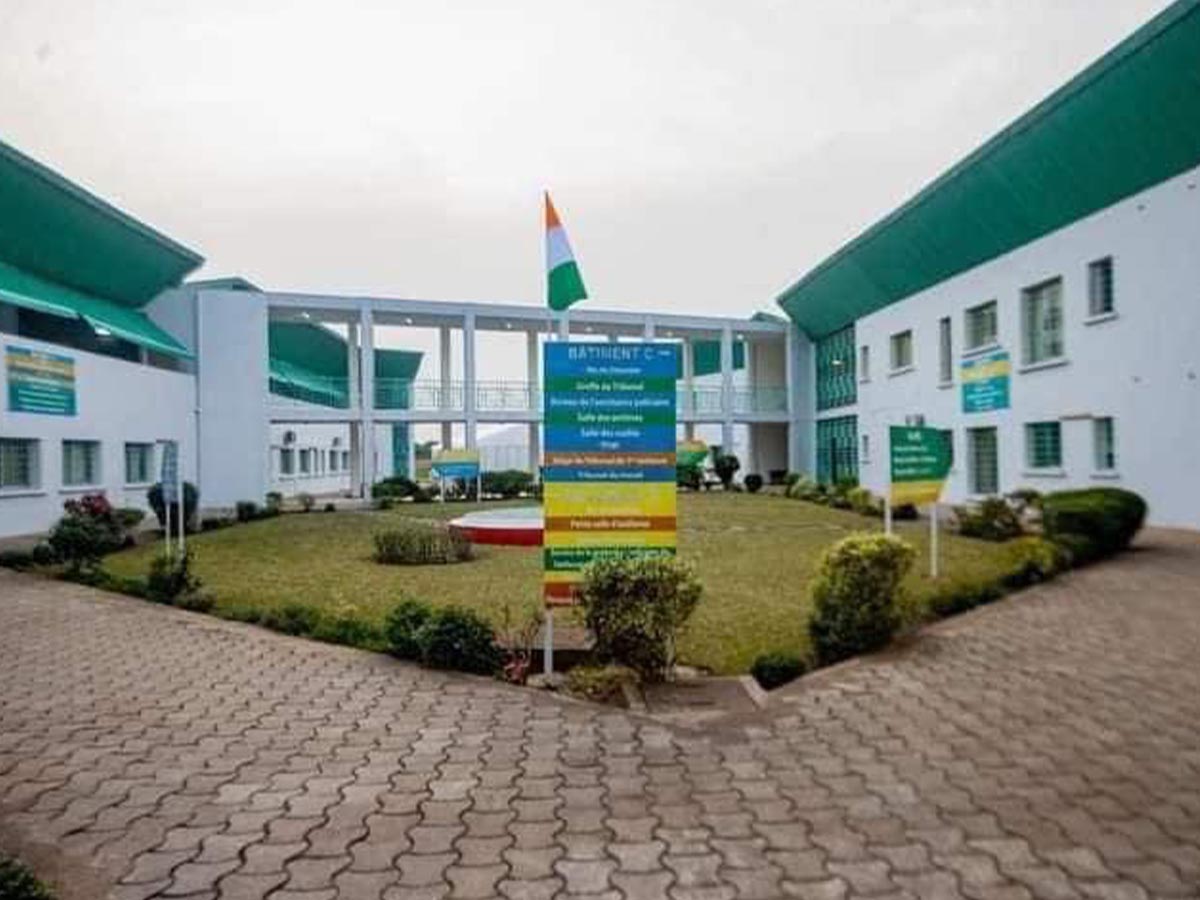
Bolivia
San Pedro Prison is a notorious prison located in the city of La Paz, Bolivia. The prison gained international notoriety for its unique system of self-governance, where inmates had relative autonomy over their own lives and the prison's internal affairs. San Pedro Prison was originally built in the 19th century, and has since become home to thousands of inmates, including many who are incarcerated for drug-related offenses.
Despite these challenges, the unique system of self-governance in San Pedro has allowed for a certain level of order and stability within the prison. Inmates are divided into different neighborhoods, with each neighborhood having its own leader and rules. These leaders are responsible for maintaining order within their neighborhood, and for negotiating with other leaders to resolve disputes and conflicts. In many cases, these leaders have become powerful figures within the prison, with significant influence over the daily lives of inmates.
23. Changi Prison

Singapore
Singapore doesn't actually have the worst prisons in the world, by any standard. Treatment is severe, but not inhumane. The thing that makes Singapore frightening is the stringency of the law, meaning that it's very harsh and with minimal exceptions, even for minor offenses.
Foreigners have been sent to jail for jaywalking, for possession of tiny amounts of drugs, or for obscure local rules they had no idea they were breaking. The law in Singapore is handed down from on high, and judges don't really have any leeway or purview but to execute the law as it's written. Still, Singapore is far and away the least frightening thing on this list.
22. El Rodeo

Venezuela
Really, you want to stay away from any of the prisons in Chavez's Venezuela. Control of the prisons is firmly in the hands of "pranes," — prisoner-tyrants. You'd think it'd be in the hands of the guard or standing officers on duty, but you'd be surprised. And as a foreigner locked up, that only spells one word: trouble!
In 2011, a visitor's day turned into a bloodbath which devolved into a month-long siege of the prison by the national guard, fueled by a black market of food and drugs under prisoners' control. In 2013, prisoners had begun sewing their mouths shut in protest of the guards' inability to control the violence.
21. Diyarbakir Prison

Turkey
Diyarbakir prison, also known as Diyarbakir D Type Prison, is a maximum-security prison located in a city in southeastern Turkey. It was built in the 1980s to house political prisoners, many of whom were accused of involvement in the armed struggle of the Kurdistan Workers' Party (PKK). The prison gained notoriety in the 1990s for its harsh conditions and widespread human rights abuses.
Reports suggest that prisoners were subject to torture, beatings, and other forms of abuse by prison staff, and that medical care was inadequate or nonexistent. In 1996, a group of prisoners began a hunger strike to protest the conditions and treatment at the prison, which led to widespread demonstrations and clashes with police outside the prison walls. The prison is now closed and has been converted into a museum, which tells the story of the prison and the struggles of political prisoners in Turkey.
20. Klong Prem Central Prison

Thailand
Klong Prem Central Prison is a maximum-security prison located in Bangkok, Thailand. It is one of the largest and most notorious prisons in the country, and is known for its harsh conditions and strict security measures.The prison houses a mix of inmates, including those convicted of drug offenses, violent crimes, and political crimes. It has a capacity of around 7,000 inmates, but is often overcrowded, with up to three times that number of inmates being held at any given time.
The Thai government has invested in upgrading facilities and improving access to education and vocational training programs for inmates. There have also been initiatives to reduce overcrowding in the prison, including the use of alternative sentencing programs and bail reforms. Despite these efforts, the Thai prison system continues to face significant challenges, and human rights organizations have called for further reforms to ensure that the rights and well-being of prisoners are protected.
19. Carandiru Penitentiary

Brazil
Carandiru Penitentiary was a large prison complex located in the city of São Paulo, Brazil. It was one of the largest prisons in Latin America, with a capacity around 4,000 inmates. The prison was infamous for its overcrowding, violence, and poor living conditions. Reports suggest that the prison was severely understaffed and poorly managed, leading to a breakdown of order and rampant criminal activity among the inmates.
One of the most tragic incidents occurred in 1992. The police were called in to quell a riot, and in the ensuing violence, 111 inmates were killed. The incident became known as the Carandiru Massacre and remains one of the deadliest prison riots in history. The incident led to widespread outrage and calls for reform; however, despite some efforts, Brazil's prisons continue to be plagued by corruption. In 2002, Carandiru Penitentiary was closed down and demolished, and a park now stands in its place.
18. Quezon City Jail

Phillippines
Quezon City Jail is a prison facility located in Quezon City, Philippines. It is known for being one of the most overcrowded prisons in the country, with a capacity of around 800 inmates but often housing more than 4,000.! The conditions at Quezon City Jail are notoriously poor, with inmates living in cramped and unsanitary conditions.
Reports suggest that there is often not enough food, water, or medical care available for inmates, and that violence and abuse are common. The Philippine government has invested in upgrading the facility, including the construction of new buildings and the installation of improved sanitation facilities, as well as efforts to improve access to legal representation and other support services.
17. Guantanamo Bay
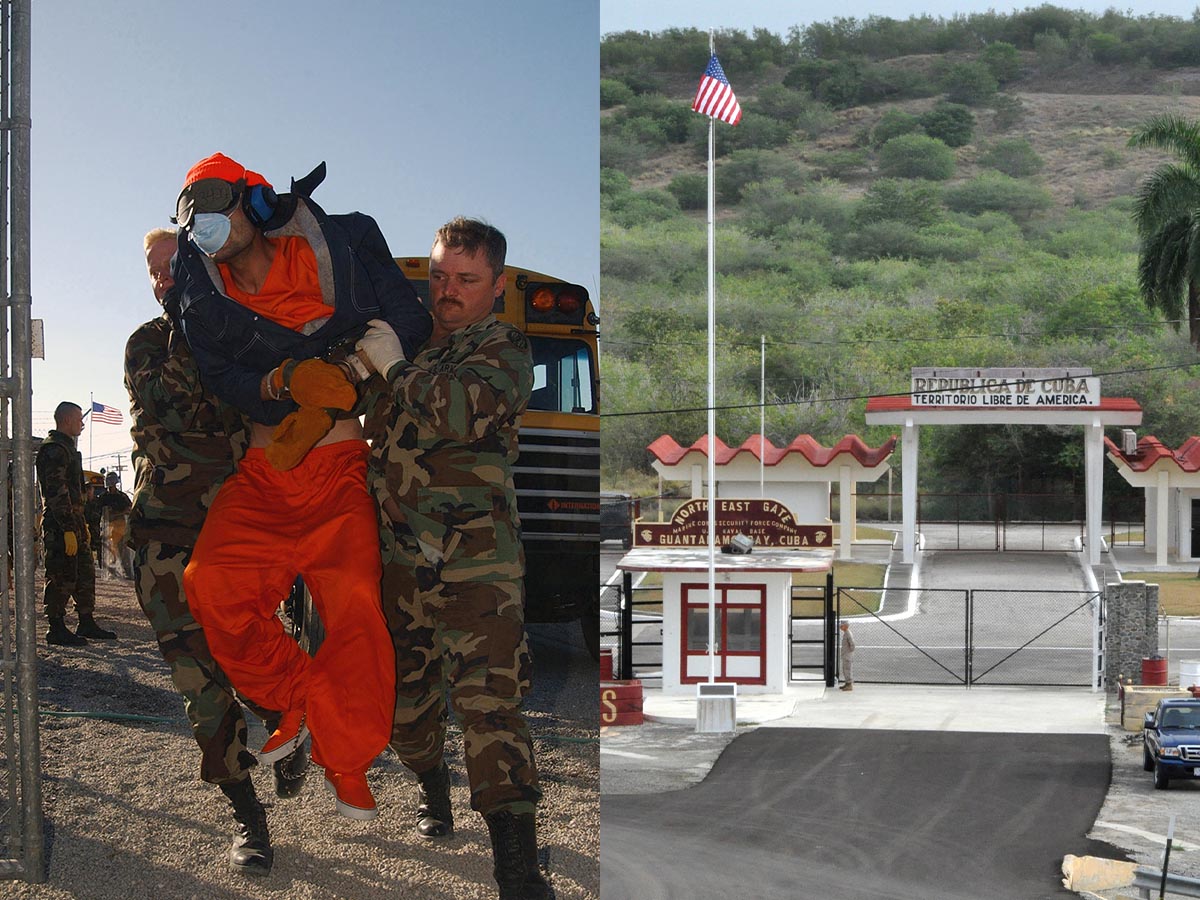
Cuba (owned by the U.S.)
Just because you're locked up abroad doesn't mean that you have to be locked up by a foreign government. Located in Cuba, this facility has been a source of massive controversy since 2002, following allegations of torture, suspension of civil rights, and failure to recognize due process. And it's not just for terrorists, either.
Several British nationals and even U.S. citizens dubbed "unlawful enemy combatants" (on whose authority or by which process is unclear) can be held there without representation. The facility has been condemned by such widespread groups as the European Union, Amnesty International, the Human Rights Watch, and United Nations Commission on Human Rights. Go U.S.A.
16. La Sante Prison

France
La Santé prison is a large, maximum-security prison located in the 14th arrondissement of Paris, France. It is one of the oldest and most well-known prisons in the country, with a history dating back to the 19th century. The prison is designed to house around 1,500 inmates but is known for its overcrowding and poor living conditions. Reports suggest that the prison is understaffed, with inadequate resources for medical care, mental health treatment, and educational programs.
La Santé prison has been the site of several high-profile escapes and incidents of violence. In 2013, a notorious gangster named Redoine Faïd escaped from the prison with the help of accomplices who hijacked a helicopter and flew him out of the prison yard. In recent years, the French government has invested in the renovation and modernization of the facility, and there have been initiatives to provide more educational and vocational training programs for prisoners.
15. Drapchi Prison
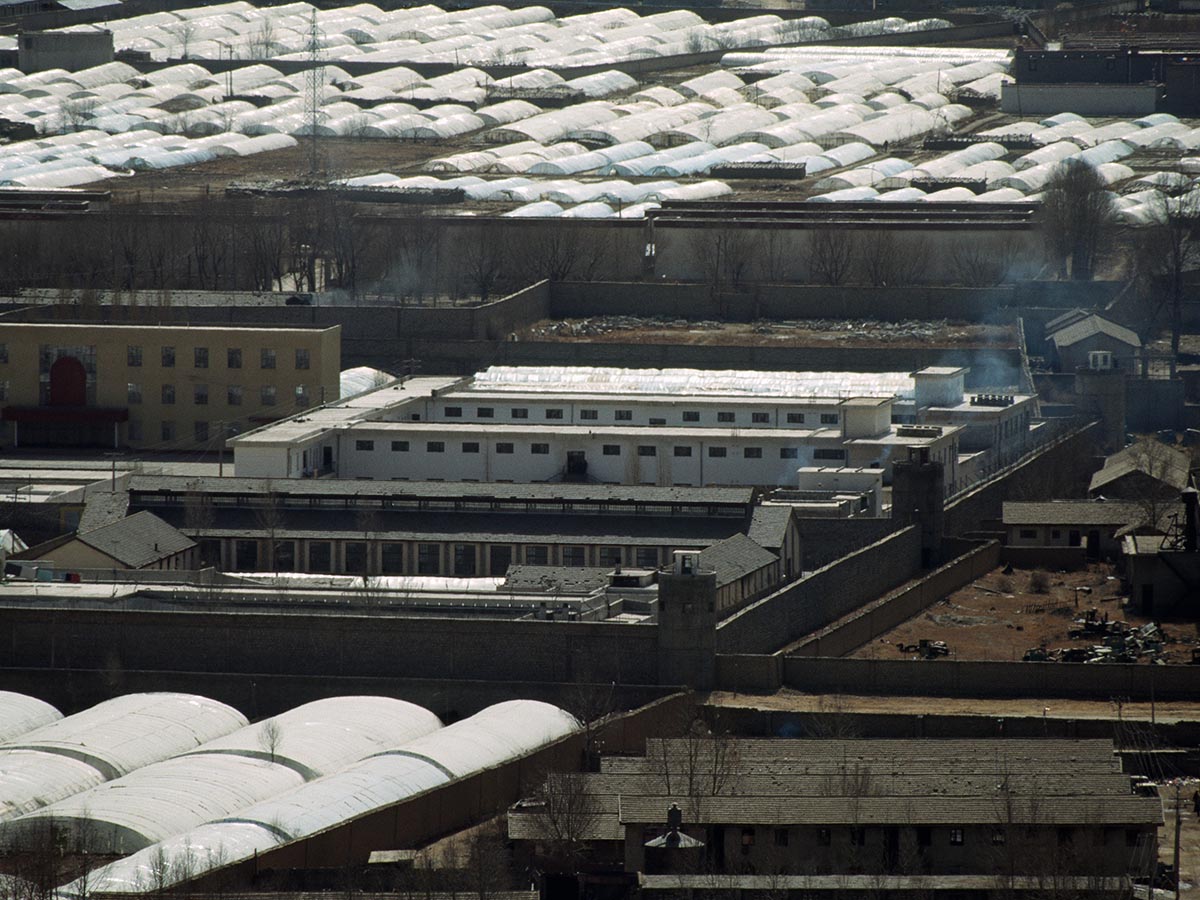
Tibet
The Chinese government has committed many atrocities, but they reserve the worst for Tibet. Lhasa Prison No.1, as it is also known, has nine units housing mostly political prisoners who receive beatings for protesting their treatment. Deaths from torture are commonplace, and many of the monks and nuns imprisoned there ultimately commit suicide.
If the treatment of prisoners is so poor in Draphci Prison that the most levelheaded people on earth — that being monks — are giving up hope, that's really saying something... Any normal American living in this prison would barely last a day!
14. Bang Kwang Prison
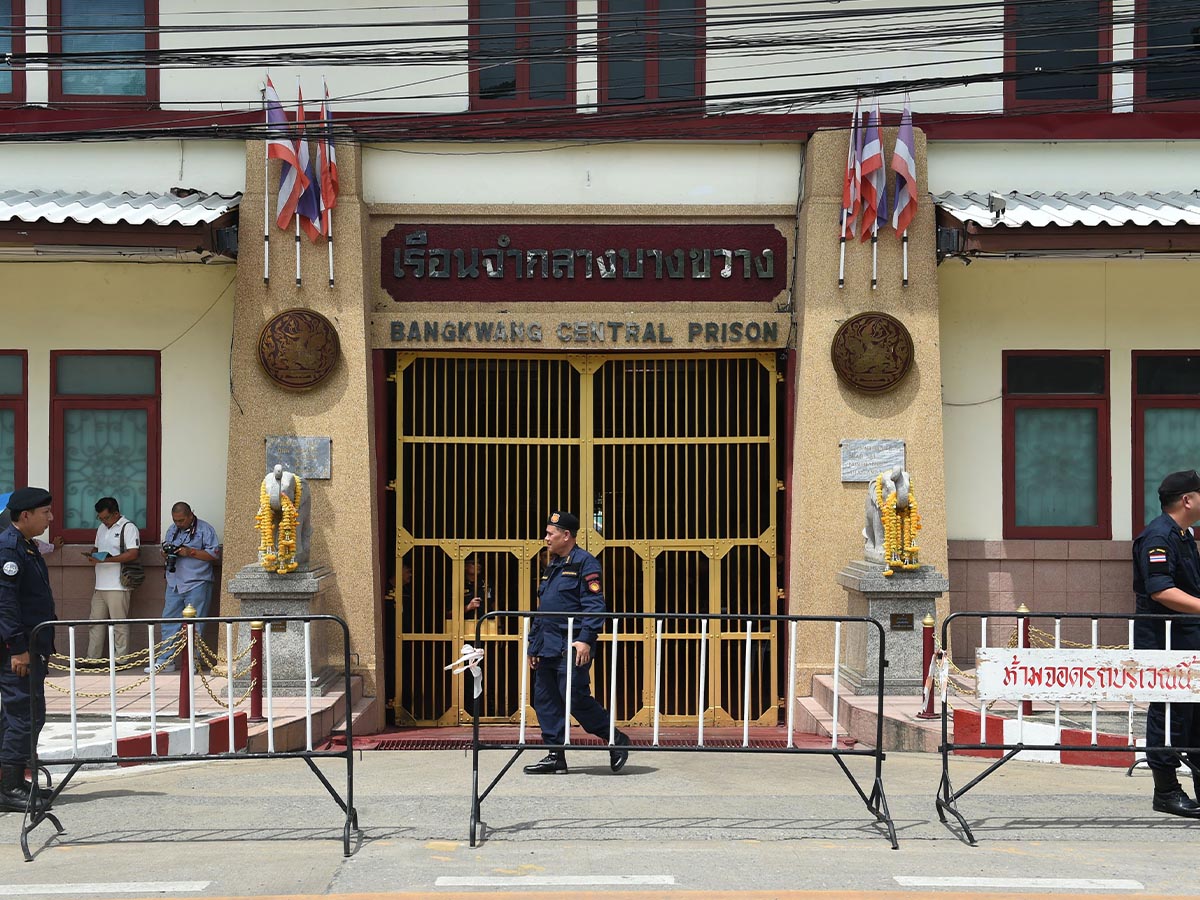
Thailand
With no running water, rampant preventable disease, and a massive foreign population, Bang Kwang Prison would be terrifying without anything else to distinguish it. If you've been paying attention, though, you know that's not the end of it.
Prisoners are here for a minimum of 25 years. When they come in, they spend the first three months with iron shackles on their legs. If they're one of the 10% of inmates headed to death row, the shackles are then welded on at the end of that period.
13. Petak Island Prison

Russia
Prisoners spend 22.5 hours a day in a small, two-man cage with nothing to do but stand or sit on a bench. By day, the beds are folded into a wall and are forbidden. The other 90 minutes of the day are spent standing outside in smaller, one-man cages.
Personalities disappear completely as the psychological effect of isolation destroys the mind. There are no bathrooms, and half of the prisoners suffer from tuberculosis. Should someone somehow escape the prison grounds, all they would find outside is miles of freezing water, and even more frozen wasteland beyond.
12. Tadmor Prison

Syria
Not long ago, the prison held thousands of people, mostly political prisoners who challenged Syrian president Bashar al-Asaad. After an assassination attempt in 1980, the prison was the site of a retaliatory massacre where over 1,000 prisoners were murdered in a day.
The current prisoners welcomed ISIS as liberators when the compound was taken in May, but somehow the rest of the world isn't as hopeful about the future of the site. It's easier for most people around the world — especially in North America — to ignore human rights atrocities as these.
11. Gldani Prison

Georgia
The country of Georgia boasts the lowest crime rate in Europe and a corruption-free police force. But that crime rate comes at a cost — specifically, the highest incarceration rate on the continent.
Not only are the odds of imprisonment high, the treatment is brutal. In 2012, a leaked video showed torture and assault being carried out on the inmates. The international outrage was intense, but given the nature of the facility, it's difficult to know how much, if anything, has changed since then.
10. La Sabaneta Prison
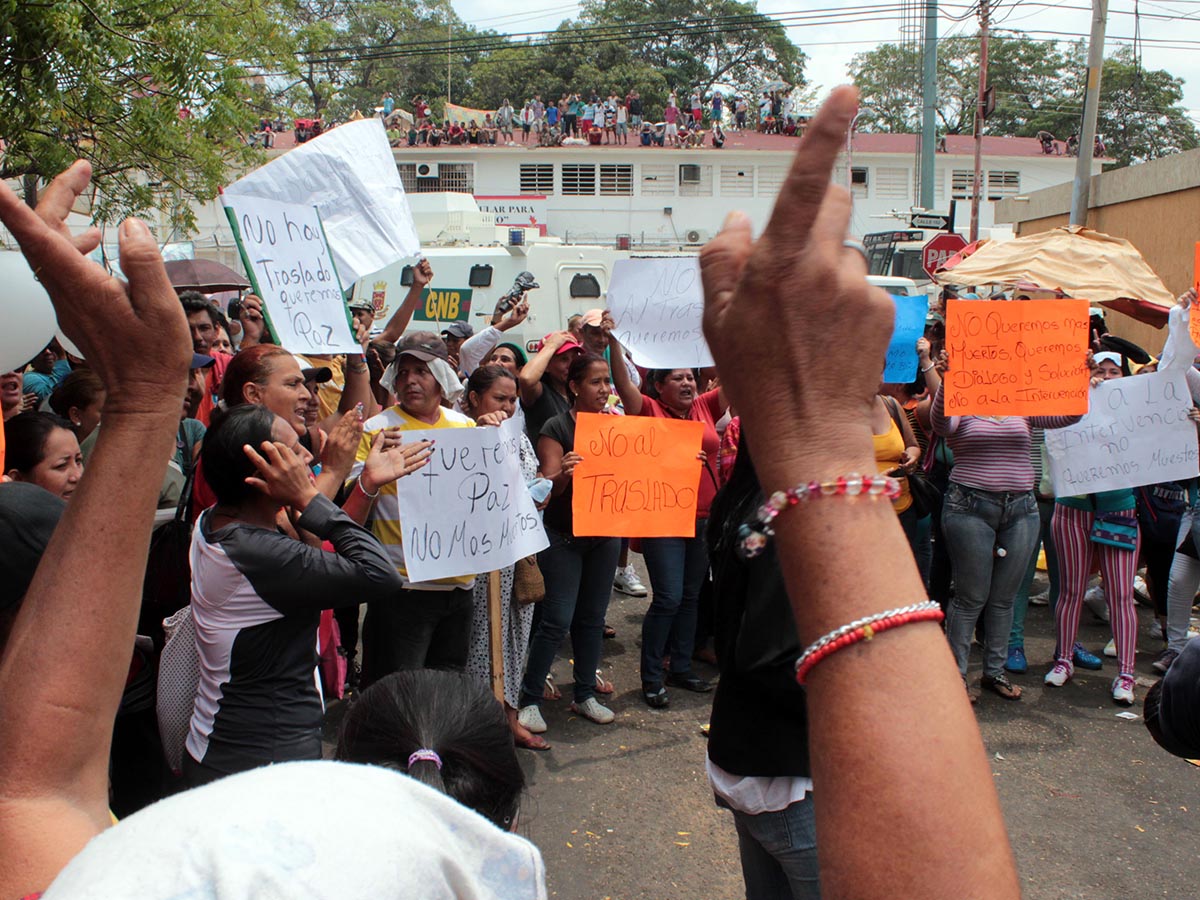
Venezuela
La Sabaneta Prison, also known as Centro Penitenciario de Occidente, is a large prison located in the city of Maracaibo, Venezuela. It is one of the most notorious and overcrowded prisons in Venezuela, with a capacity of around 3,700 prisoners but housing up to 9,000 inmates.The prison has been the site of numerous violent incidents, including riots, fires, and deadly clashes between rival gangs.
The lack of space and resources has led to widespread disease and unsanitary living conditions.I n addition to the overcrowding and poor conditions. La Sabaneta has also been the site of corruption and criminal activity by prison officials. Reports indicate that some prison guards are complicit in the smuggling of drugs and weapons into the prison, as well as the extortion of money from inmates and their families.
9. Butyrka Prison
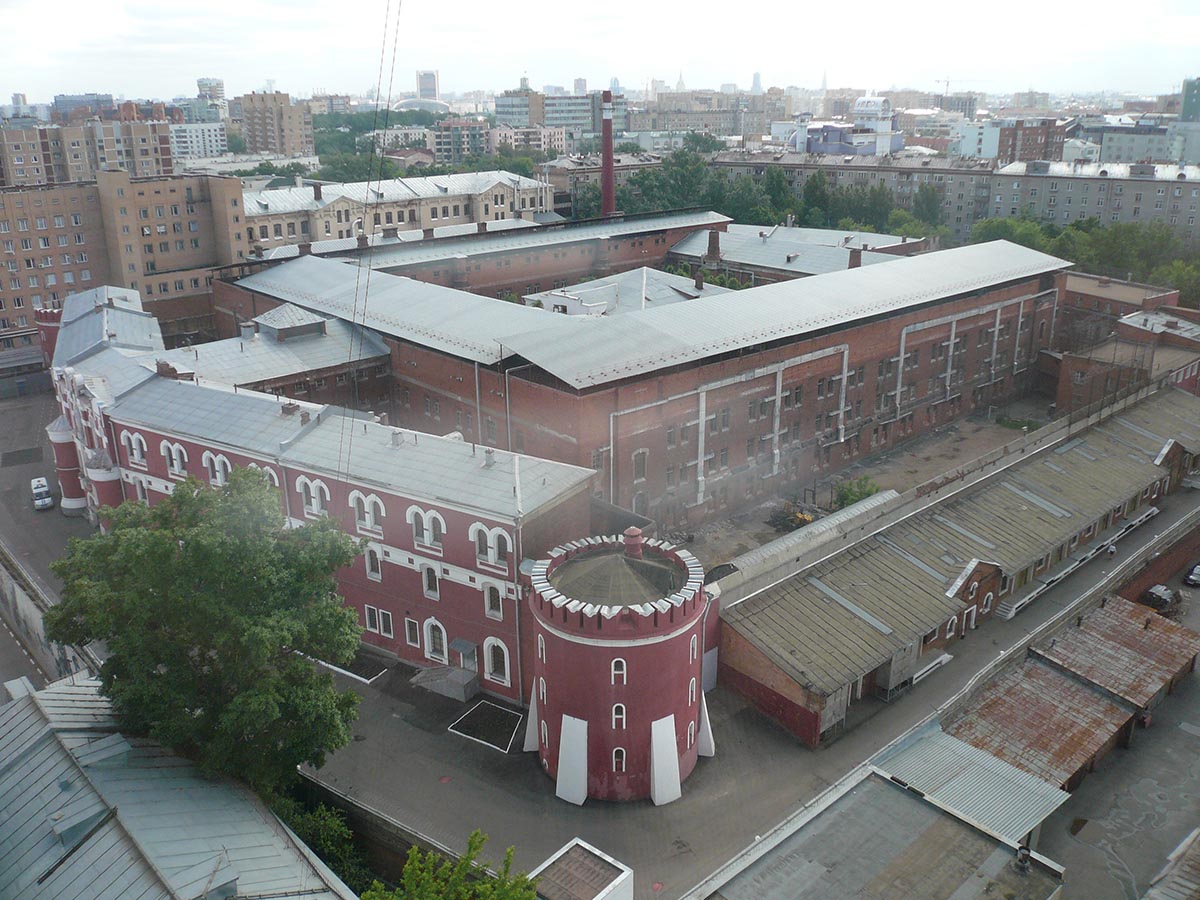
Russia
Butyrka prison, officially known as Butyrskaya Torgovaya Ploshchad, is a large pre-trial detention center located in the center of Moscow, Russia. It is one of the oldest and most notorious prisons in the country, with a history dating back to the 18th century. Reports suggest that the living conditions inside the prison are extremely poor, with inadequate food and water, unsanitary conditions, and a lack of access to medical care.
Butyrka prison has been the site of numerous human rights abuses, including beatings, torture, and deaths in custody. The prison has been criticized for its use of prolonged solitary confinement, which can lead to severe psychological harm and is considered a form of torture. Despite some efforts to improve conditions, including the construction of a new facility in 2018, the situation at Butyrka prison and other prisons in Russia remains a major concern for human rights organizations and the international community.
8. Pollsmoor Maximum Security Prison

South Africa
Pollsmoor Maximum Security Prison is a large prison complex located in Cape Town, South Africa. It is one of the largest prisons in the country and is known for its high level of security and the harsh conditions faced by inmates. The prison houses a mix of convicted criminals, remand detainees, and prisoners serving life sentences. Many of the inmates are incarcerated for violent crimes, including murder, rape, and armed robbery.
The conditions in Pollsmoor are notoriously difficult, with overcrowding and unsanitary living conditions being major issues. Inmates often have limited access to basic necessities such as food, water, and medical care. The prison is also known for being understaffed, leading to a lack of supervision and increased risk of violence and gang activity.
7. San Juan de Lrigancho Prison
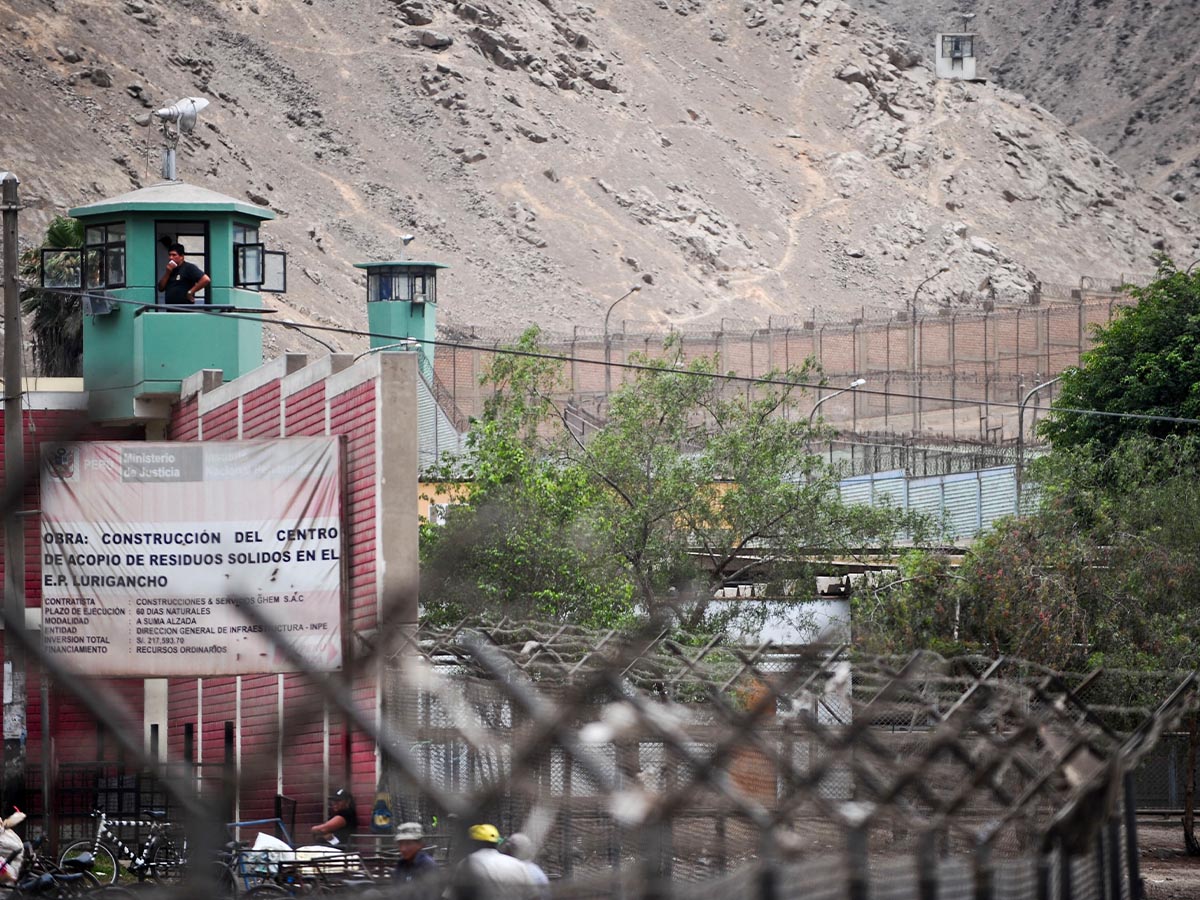
Peru
San Juan de Lurigancho prison, also known as "El Infierno" (The Hell), is a large prison complex located in the San Juan de Lurigancho district of Lima, Peru. It is one of the largest and most overcrowded prisons in the country, with a capacity of around 2,500 inmates but holding up to 7,000 prisoners. The prison has been the site of numerous violent incidents, including riots and deadly clashes between rival gangs.
In addition to the overcrowding and poor conditions, San Juan de Lurigancho has also been the site of corruption and criminal activity by prison officials. Reports indicate that some prison guards are complicit in the smuggling of drugs and weapons into the prison, as well as the extortion of money from inmates and their families.
6. Kerobokan Prison

Indonesia
Kerobokan Prison is a maximum-security prison located in the city of Denpasar on the Indonesian island of Bali. The prison houses a mix of Indonesian and foreign inmates, many of whom are incarcerated for drug-related offenses. The conditions in Kerobokan are notoriously difficult, with inmates living in overcrowded and unsanitary conditions. Reports suggest that there is often not enough food, water, or medical care available for inmates, and that violence and abuse are common.
The prison is also known for its high level of drug use and trafficking, which has led to a number of violent incidents and escapes from the prison over the years. However, the prison also offers a range of educational and vocational training programs for inmates, including courses in languages, computers, and handicrafts.
5. Lurigancho Prison
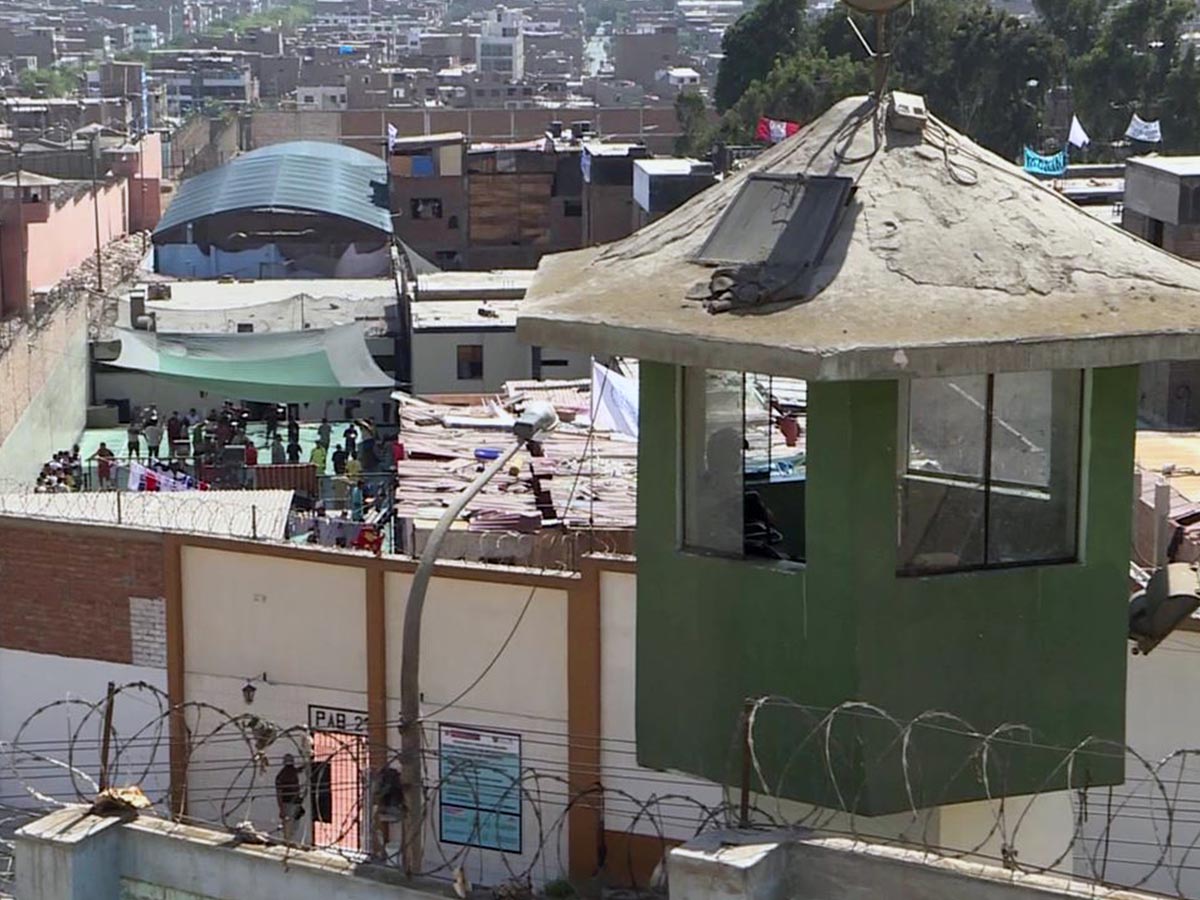
Peru
Lurigancho Prison is a large and notorious prison located in the eastern part of Lima, Peru. It is one of the largest prisons in South America, with a capacity of over 10,000 inmates, but is known for being severely overcrowded. The conditions in Lurigancho are notoriously harsh, with inmates living in cramped and unsanitary conditions. Reports suggest that there is often not enough food, water, or medical care available for inmates.
The prison is also known for its high level of gang activity, and many inmates are affiliated with criminal organizations. This has led to a number of violent incidents and escapes from the prison over the years. The Peruvian government has invested in upgrading facilities and improving access to education and vocational training programs for inmates. However, there is still significant work to be done to ensure that the rights and well-being of prisoners in Lurigancho and other prisons in Peru are protected.
4. Qincheng Prison
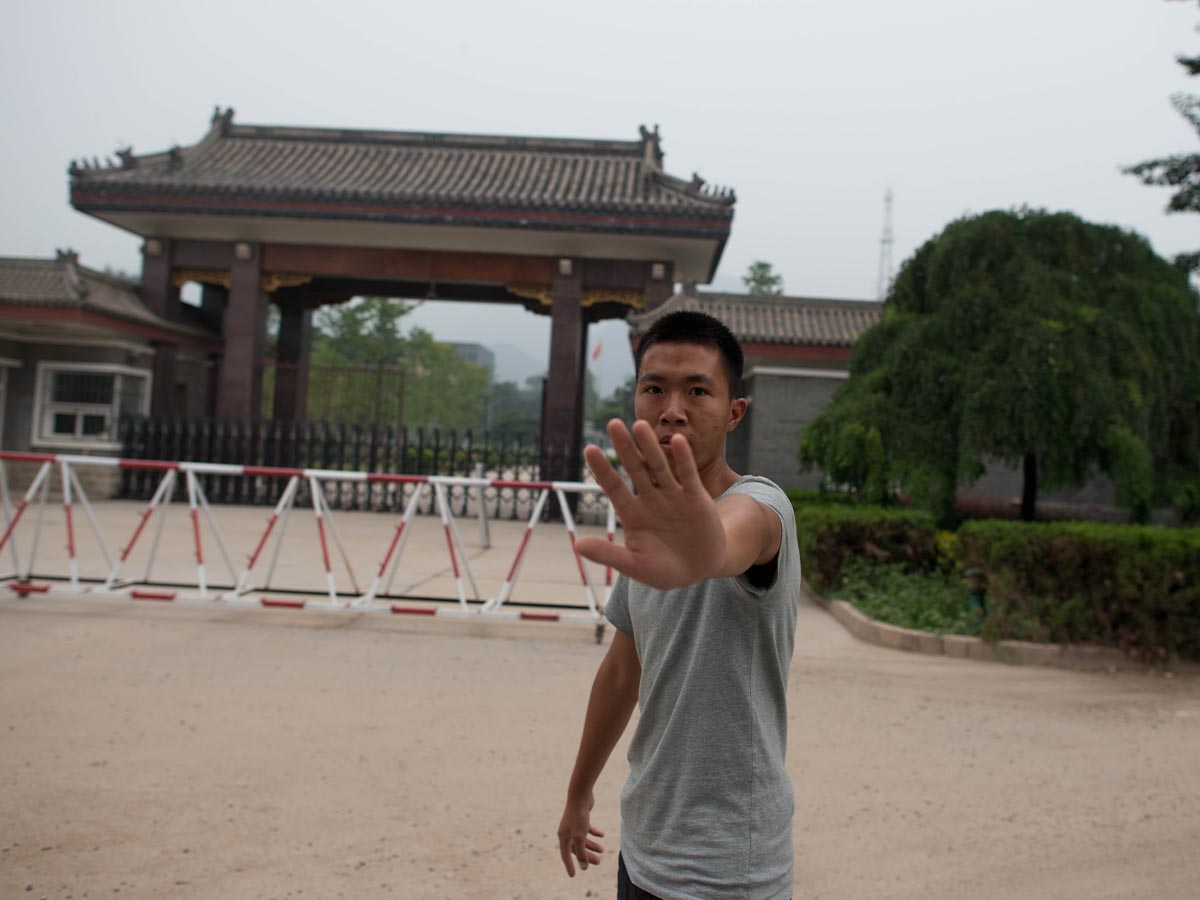
China
Qincheng prison is a high-security prison located in the Changping District of Beijing, China. It is known as the place where the Chinese government detains political prisoners and other individuals deemed to be a threat to national security. The prison was established in the 1950s and has been the site of several high-profile political trials and detentions. It is known for its strict security measures, including 24-hour surveillance and restricted communication with the outside world.
Reports suggest that prisoners at Qincheng are subject to harsh conditions, including long periods of solitary confinement, inadequate medical care, and restrictions on visits from family members and lawyers. Critics argue that the government's crackdown on free speech and dissent has led to the wrongful imprisonment of many individuals, and that conditions at Qincheng and other detention facilities in China are inhumane and violate basic human rights.
3. Camp 22
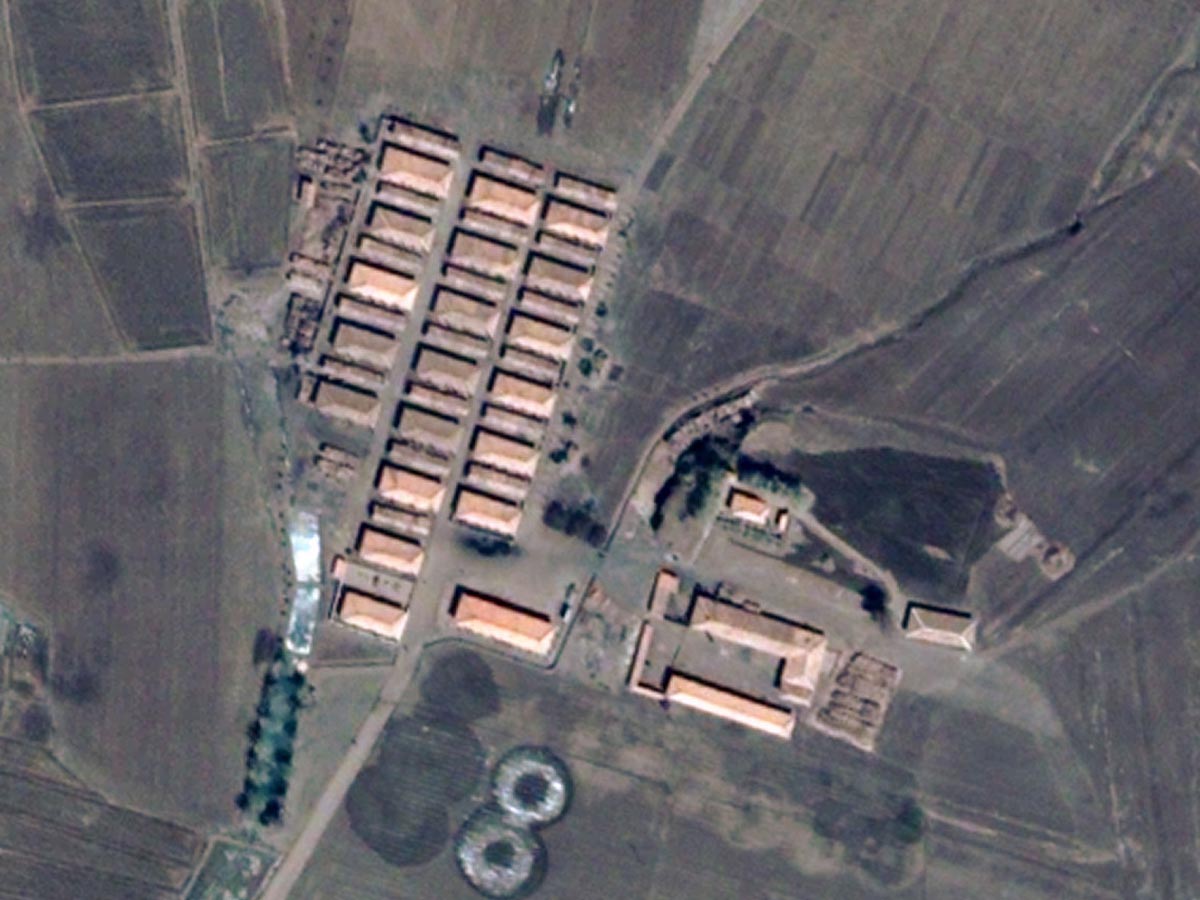
North Korea
North Korea is often treated like a punchline on the internet. Between its tone-deaf propaganda and cartoonish leader, it's hard to believe that the country is even real. But the reality of North Korea is a lot worse than most people imagine. Take Camp 22, a prison that's often referred to as a "concentration camp."
According to accounts from a handful of escapees, the only meat available is from catching and eating rats. Inventive tortures, particularly geared towards women, are commonplace. And while pregnancy is punishable by mutilation and execution, some people are born, live out their entire lives, and starve to death within the walls of Camp 22.
2. Gitamara Central Prison
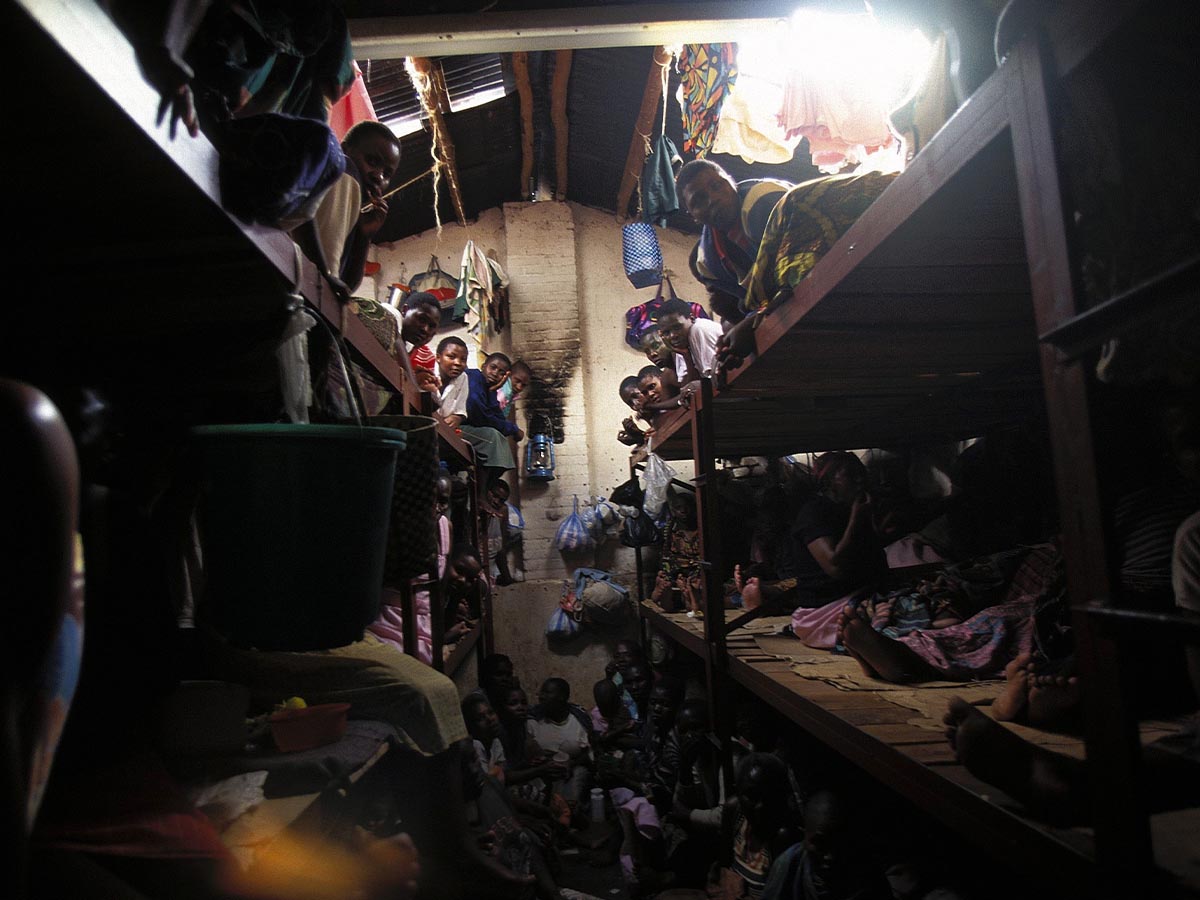
Rwanda
Gitamara Central Prison is internationally notorious. Originally built with room for 400 inmates, it currently houses nearly 7,000. The crowding and rain lead to constant gangrene, and the smell of decaying flesh is omnipresent. The thousands of inmates share 21 latrines, five of which are specially-designated for sufferers of dysentery.
The government claims that the treatment is due to underfunding, and most of the care that the inmates do receive is provided by aid groups like the Red Cross and Doctors Without Borders. Many of the inmates here are accused of acts of genocide, but even so, the conditions horrify the aid workers who know full well what the people they're treating have done.
1. Black Beach Prison

Equatorial Guinea
Black Beach prison, officially known as Centro de Estudios Penitenciarios de Malabo, is a notorious maximum-security prison located in Malabo, the capital city of Equatorial Guinea. It is known for its harsh conditions, torture, and widespread human rights abuses. The prison has a capacity of around 1,000 inmates but is known to hold many more, with estimates ranging from 1,500 to 2,000 prisoners. Reports suggest that the living conditions inside the prison are extremely poor, with overcrowding, inadequate food and water, and a lack of basic medical care.
The prison has been the site of numerous human rights abuses, including torture, beatings, and arbitrary detention. Reports suggest that prisoners are subject to cruel and inhumane treatment, including prolonged solitary confinement and beatings with electric cables and metal bars. The country's president, Teodoro Obiang Nguema, has been in power since 1979 and has been accused of using the prison as a tool of repression to silence political opposition.
 Author
Darby Tanner
Last Updated: April 24, 2024
Author
Darby Tanner
Last Updated: April 24, 2024
